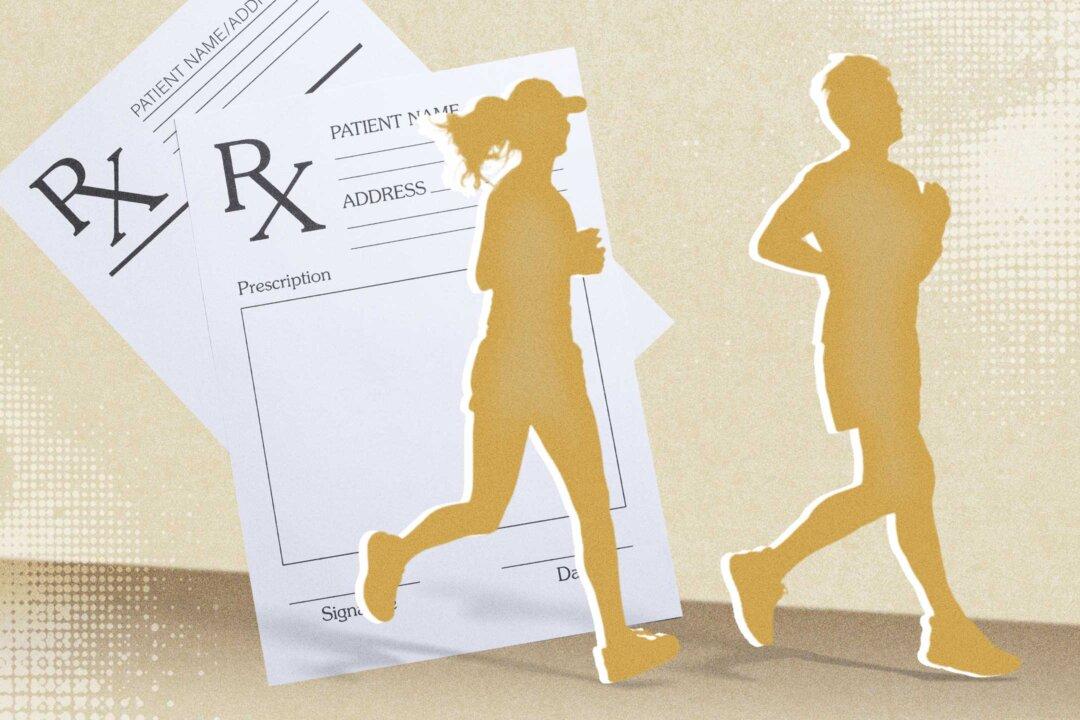Ask practically anyone in modern America how they’re doing, and the answer is likely to be “busy.” It’s a sentiment—and a condition—that’s so ubiquitous that the asker is likely to answer “me too” with a sympathetic nod.
Whether it’s an overstuffed work schedule (complete with lunch at your desk) or an air-tight family calendar that bounces from activity to activity with hardly time for a bathroom break, we lose something when our days are packed with work and scheduled activity from dawn till dusk.
Addicted to ‘Busy’
It’s no surprise that Americans are addicted to being busy. “Work harder and longer” may not show up as actual signage in any workplace, but it’s a message that seems to be tattooed on the American psyche.Vacation time aside, even on-the-job break time is often underused.
The Cost of Burnout
We might assume that all those long hours put in by American workers result in super-productivity and larger incomes, and there may be some truth to that. But our saturated work schedules, when added to other life commitments, come at a high cost. American adults receive more mental health diagnoses, including anxiety and depression, than those in any other developed country. Could this have something to do with our failure to take time for regular, restorative breaks? Consider the fact that European countries average a minimum of between 20 and 30 paid vacation days per year for full-time workers. The average in the United States for most private industry workers is 10 days after one year of employment.Daniel H. Pink, author of five New York Times bestsellers focusing on business, work, creativity, and behavior, has broken down both the benefits and drawbacks of the average American workday.
When it comes to the downside of break-less work, he told The Epoch Times: “The big potential impacts are declining productivity and creativity. Our brains and bodies are not built to go, go, go endlessly. They need to be recharged. And that means we need to start thinking of breaks, not as a deviation from our performance—but as ‘part’ of our performance.
Breaks for a Mental and Emotional Boost
This need for renewal after prolonged, focused mental or physical effort applies to everyone, not just working adults. A Danish study of schoolchildren found that students’ test scores were highest first thing in the morning and decreased by 0.9 percent for each successive hour throughout the school day because of increased mental fatigue as the day went on.Interestingly, however, after a 20- to 30-minute break, average test scores went up by 1.7 percent—more than making up for the earlier decline. Aside from the implications for the timing of scheduling tests, the study also highlighted the importance of break times for cognitive performance, an important consideration as some schools have canceled or reduced recess times in a misconstrued attempt to improve test scores.
The researchers concluded that “employees who engaged in more respite activities during work breaks experienced higher levels of positive emotions and lower levels of negative emotions during these breaks and exhibited higher levels of positive affective displays after the breaks.”
The Type of Break Matters
For breaks to be truly effective in helping us perform at our best, a week-long vacation, as wonderful and revitalizing as it might be, isn’t a long-term solution to day-to-day burnout. In fact, most vacation-derived benefits fade quickly after returning home—within just a few weeks.Eating lunch at your desk while scrolling through work emails won’t provide much, if any, real benefit. Using your break time to vent about a problem at work with a frustrated colleague also fails to pass the test.
However, what can be beneficial is break time spent going for a walk (especially in a park or other green space), exercising, eating lunch with someone you enjoy talking with (so long as it’s not about work), or even taking a short nap of 10 to 20 minutes. These are the sorts of breaks that are likely to leave you more energized, motivated, and with greater cognitive and emotional resources—all things that are vital not only to doing your best work but also to being your best self.
For those who feel too overworked to make time for a break or two (or three) during the day or for whom guilt, perceived employer expectations, or an effort to “look busy” keeps them from taking a time out, Pink suggests: “Start small. Taking a break doesn’t mean going on a two-hour siesta every afternoon. It means taking any kind of break you can fashion. My advice: Tomorrow afternoon, take a 15-minute walk break outside, preferably with someone else, and leaving your phone behind. If it’s helpful—and it will be—do it the next day.”





